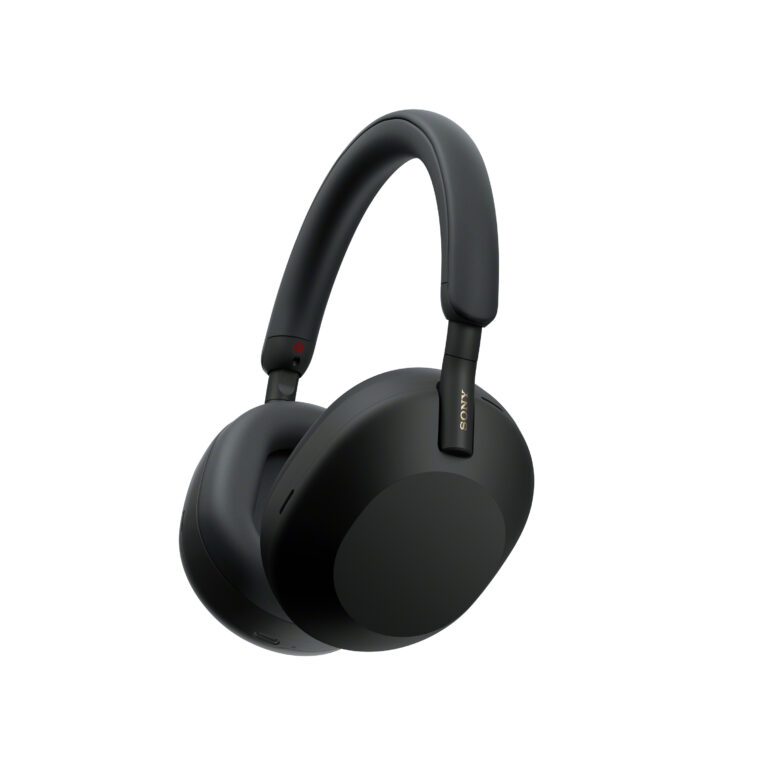By Jobin Joejoe, Deputy Managing Director, Sony Middle East and Africa
In our crowded era of visual messages and noise disturbance, people often seek focus and personal immersion by isolating their senses. While one can look away or shut their eyes as and when required, unfortunately, the ears always keep listening! That makes noise-cancelling headphone technology, undoubtedly one of the breakthrough audio features in consumer headphones.
Whether housed in wired, true wireless, or over-ear design, this technology has advanced to offer varying levels of noise cancellation, no longer just the option to turn it on or off. Newer designs also feature ambient awareness toggles, briefly allowing external sound so listeners can hear their surroundings.
How this technology has evolved over time
Although companies started inventing noise-cancelling headphones in the 80s, this technology wasn’t perfected until the late 90s. As a matter of fact, Sony launched its first noise-cancelling headphones, the MDR-NC10, in 1995, designed with travellers in mind.
With years of engineering improvement, Noise-cancelling headphone technology is able to incorporate remarkable features like a noise-cancelling optimiser which ensures noise cancelling performance is continuously and automatically optimised based on wearing conditions and external environmental factors, such as atmospheric pressure.
Sony’s award-winning industry-leading noise-cancelling headphones, the WH-1000XM5s, also incorporate multi-noise sensor technology, like four microphones on each earcup, to capture even more ambient sound more accurately for a dramatic reduction in high-frequency noise. In addition, an integrated processor controls these microphones to deliver unprecedented noise cancelling quality.
How this technology became smarter in 2022
Today, noise-cancelling headphones feature innovative adaptive sound control technology, which senses where the listener is and what they’re doing and automatically adjusts ambient sound settings for the ideal listening experience.
This technology has become so incredibly intelligent that it can even adjust sound control depending on where the listener is by learning the listener’s behaviour. It has the capability to recognise the locations they frequently visit and tailor the sound to suit those situations.
Headphones like the WH-1000XM5 also feature enhanced integration with artificial intelligence to offer hands-free voice control using Google Assistant to listen to music, connect with friends, get notifications, and set reminders.
They even allow listeners to control their headphone’s features, like noise cancellation with their voice, listen to and interact with emails in Microsoft Outlook and join Microsoft Teams meetings.
This technology is rewriting the rules for immersive and distraction-free listening in 2022 with promises to offer even more innovative technology to further improve the listening experience for users.


